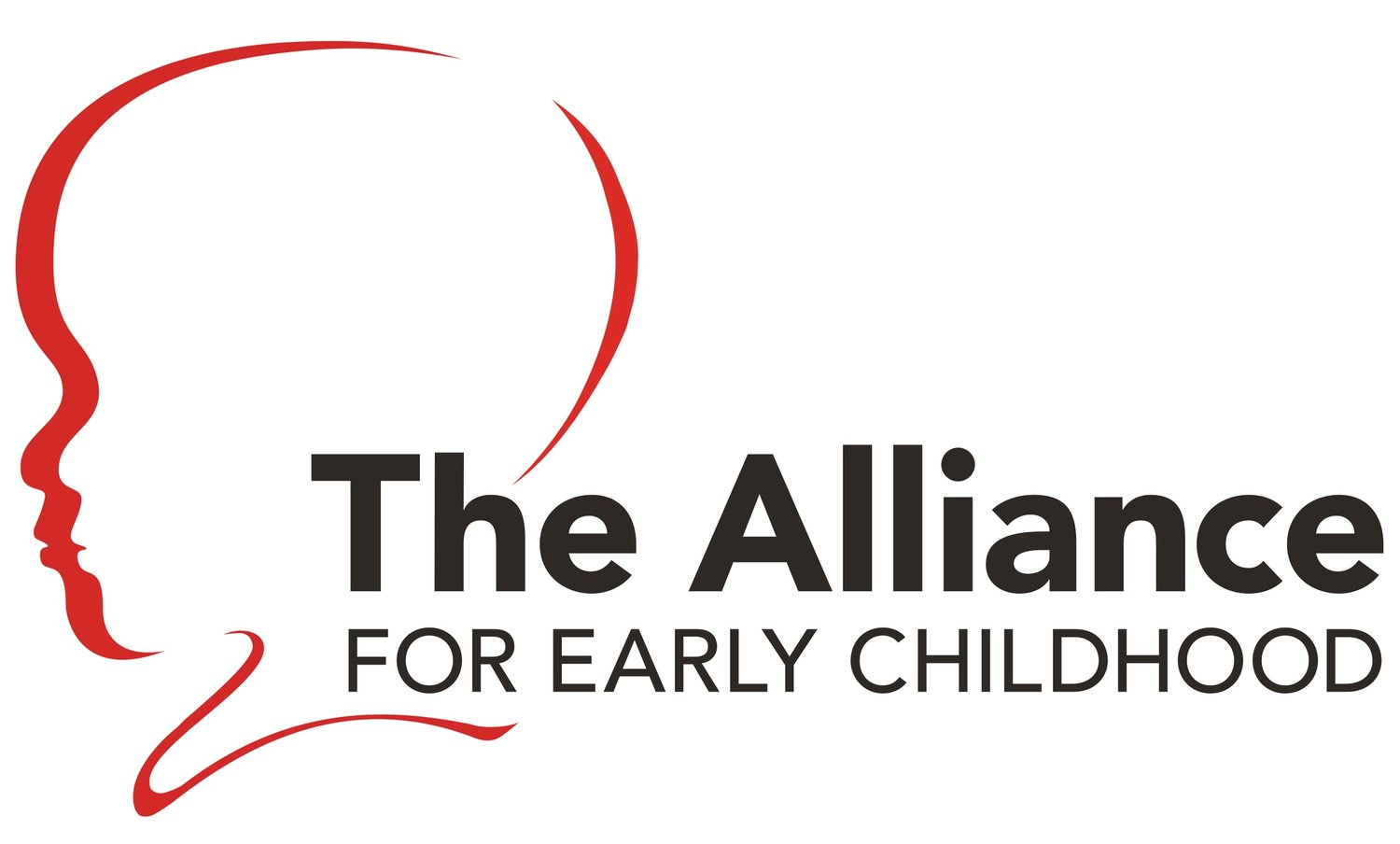Messy Play: Why It Matters and How You Can Support It
Amber Urich, Youth Services Librarian, Winnetka-Northfield Public Library
“Are they really going to play with that?” and “You know this is going to cause a big mess, right?” are regular questions we are asked by grown-ups who are unsure about diving into messy play. And we get it! The cleanup can feel daunting. But here at the library, we believe it’s more than worth it.
Messy play, also known as sensory play, isn’t just fun. It’s a powerful, open-ended way for children to learn and grow. It engages all five senses, supports fine motor development, sparks creativity, and provides a safe outlet for emotional expression. Through messy play, children build confidence, strengthen self-regulation, and make meaningful discoveries about the world around them.
So yes, it may get a little chaotic, but the benefits are lasting, and we’re here to help you embrace the beauty (and learning) in the mess.
Why Messy Play Matters
Messy play is how children explore the world around them. As they explore textures, colors, and materials, they are developing fine and gross motor skills, social-emotional awareness, cognitive flexibility, language, and early literacy. Children’s hands and minds work together in messy play to build lifelong skills like problem solving, experimentation, and creative expression.
When you understand what’s really happening developmentally during a messy moment, it becomes easier to embrace the mess (and maybe even enjoy it!).
Start with What Feels Doable
Not every messy activity is right for every family, and that’s okay! Start small and choose materials that feel manageable and engaging to you. A bowl of cooked pasta, a sink filled with soapy water, or a simple water-pouring station, can offer rich sensory experiences without overwhelming your space or your patience.
Set Up for Success
A little planning can make messy play more enjoyable for everyone. Choose a space that’s easy to clean, like a washable floor, the bathtub, or the backyard. Short on time or energy? Lay down painter’s plastic or a shower curtain liner that you can easily hose off or throw away. Old tablecloths or towels can also do the trick.
Keep a washcloth, towel, or wipes nearby so cleanup is quick. The goal is to reduce stress, not add to it, so give yourself permission to make it as simple as it needs to be.
Mess-Friendly Boundaries
Before you dive into a messy activity, take a moment to set clear expectations. Define the mess zone, explain how materials should be used, and let your child know what cleanup will involve. If things get too wild or materials are misused, a simple and effective consequence is to take a break or end the activity for the day.
Children are more than capable of helping to clean up, and they learn a lot in the process, from responsibility to respecting shared spaces.
It’s completely normal for certain types of play to feel uncomfortable for grown-ups. But it’s important to notice those feelings without passing them on to children. Messy play is about exploration, not perfection. If you need support, don’t go it alone: Lean on friends, caregivers, or community spaces.
Try It With Us!
Want to test out messy play without having to scrub your kitchen floor? Join us at the Winnetka-Northfield Library District for Art Play, Sensory Shenanigans, Little Messy Art, and Destruction Derby. All programs are free, drop-in, and open to the public. No library card required.
Find out more about these programs at wnpld.org.
Recommendations from Amber:
Let’s Rumble! A Rough-and-Tumble Book of Play by Rachel G. Payne
This is Our City by Lauren Paige Conrad
The Busy Toddler blog and Instagram
